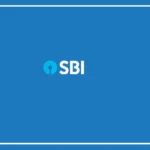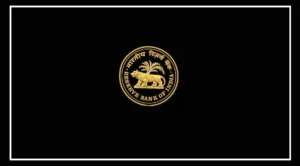After the Reserve Bank of India (RBI) reduced the repo rate, many banks started lowering their loan interest rates.
Ahead of Holi, HDFC Bank, the largest private sector bank in India, has given a small relief to its customers.
The bank has reduced its Marginal Cost of Funds-Based Lending Rate (MCLR) by 0.05% for a two-year loan period.
The interest rates for home, car, and personal loans are based on MCLR.
HDFC Bank’s New MCLR Rates (Effective from March 7, 2025)
HDFC Bank has revised its MCLR for certain loan tenures. The MCLR for a two-year tenure has been reduced, while rates for other periods remain unchanged. The new rates are:
| Loan Period | New MCLR (7 March 2025) | Old MCLR |
|---|---|---|
| Overnight | 9.20% | 9.20% |
| One month | 9.20% | 9.20% |
| Three months | 9.30% | 9.30% |
| Six months | 9.40% | 9.40% |
| 1 year | 9.40% | 9.40% |
| 2 years | 9.40% | 9.45% |
| 3 years | 9.45% | 9.45% |
The revised MCLR rates came into effect on March 7, 2025.
How MCLR Changes Affect Borrowers
When banks change their MCLR, it impacts the Equated Monthly Installments (EMIs) of floating-rate loans such as home loans, personal loans, and car loans:
If MCLR increases, loan interest rates go up, making EMIs more expensive.
If MCLR decreases, interest rates reduce, lowering EMIs and making loans cheaper.
This change also benefits new borrowers, as they can get loans at lower interest rates.
Factors That Decide MCLR
Banks determine MCLR based on multiple factors, including:
Deposit rate (the interest banks pay on customer deposits)
Repo rate (set by the RBI)
Operational costs
Cash Reserve Ratio (CRR)
When the RBI reduces the repo rate, banks can also lower their MCLR, making loans more affordable.
Conversely, if the repo rate increases, MCLR also rises, making EMIs more expensive.

























